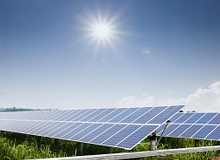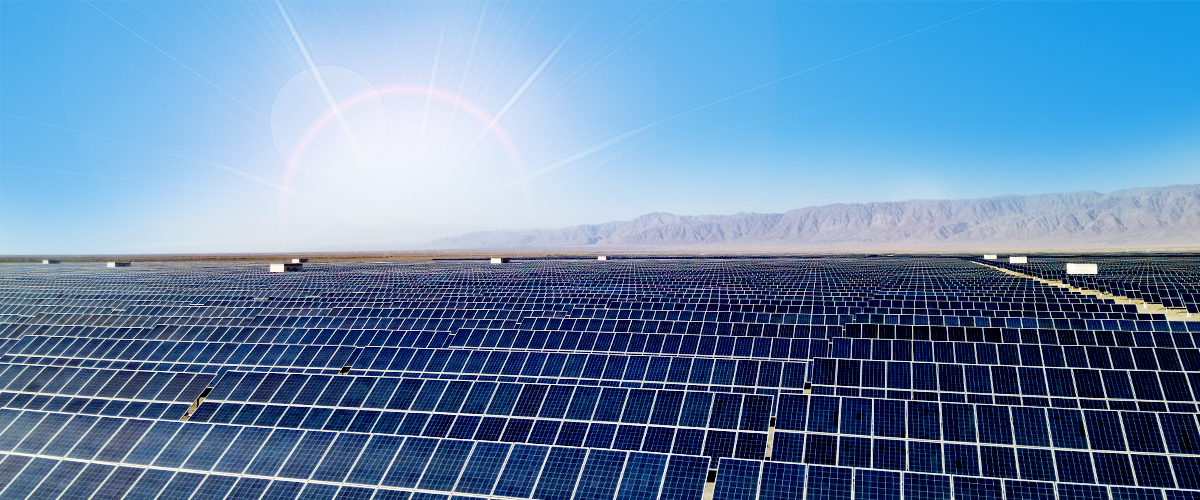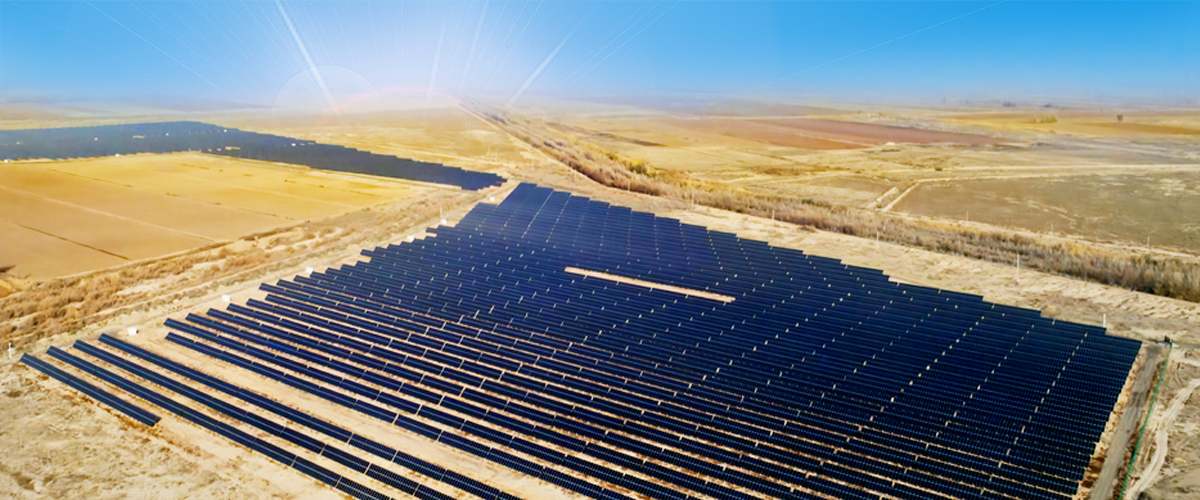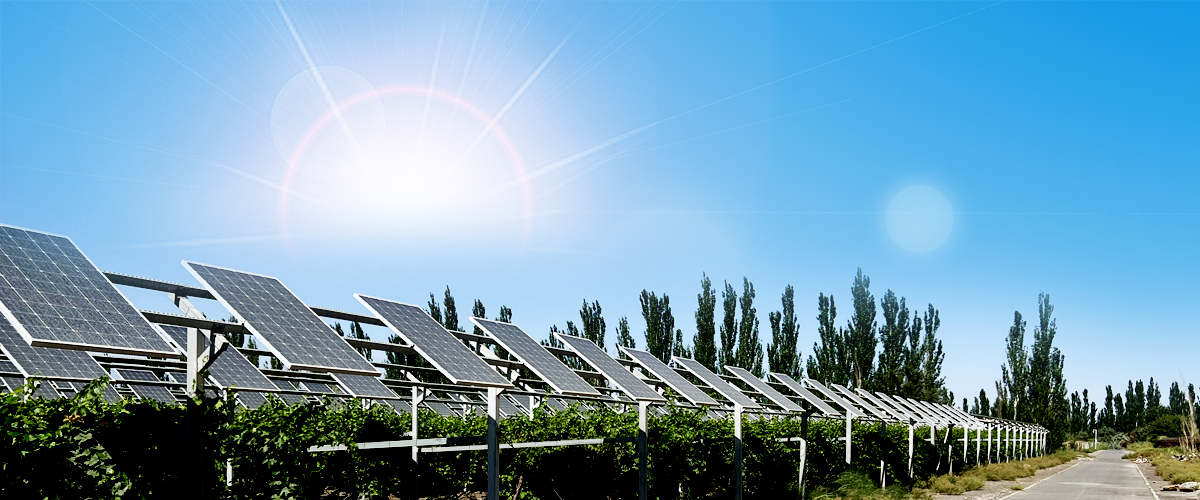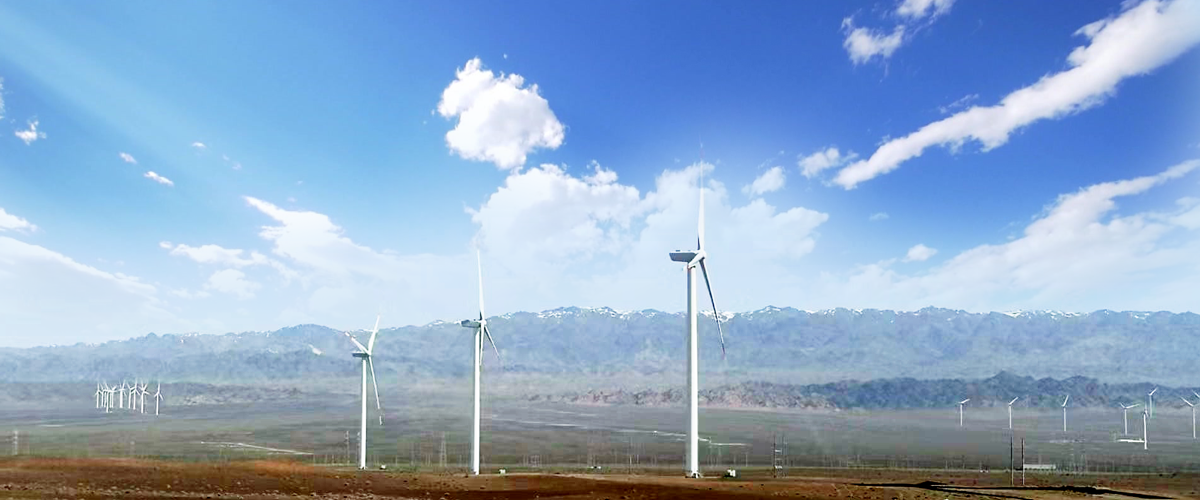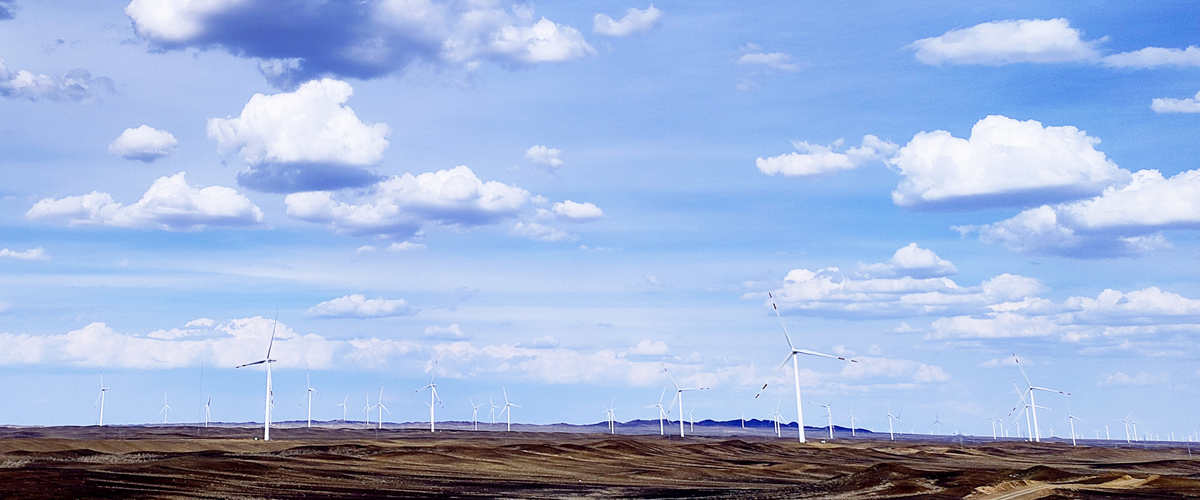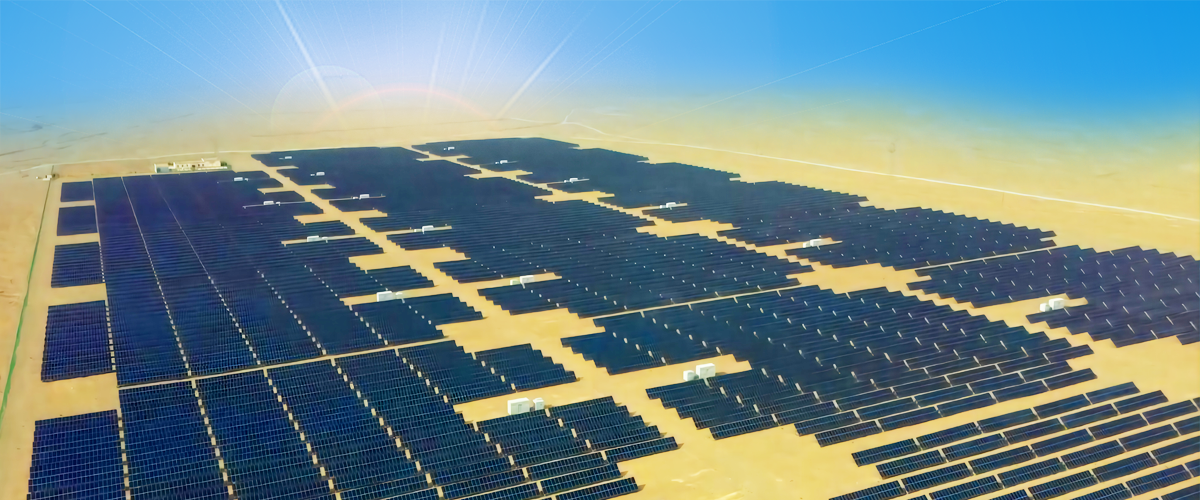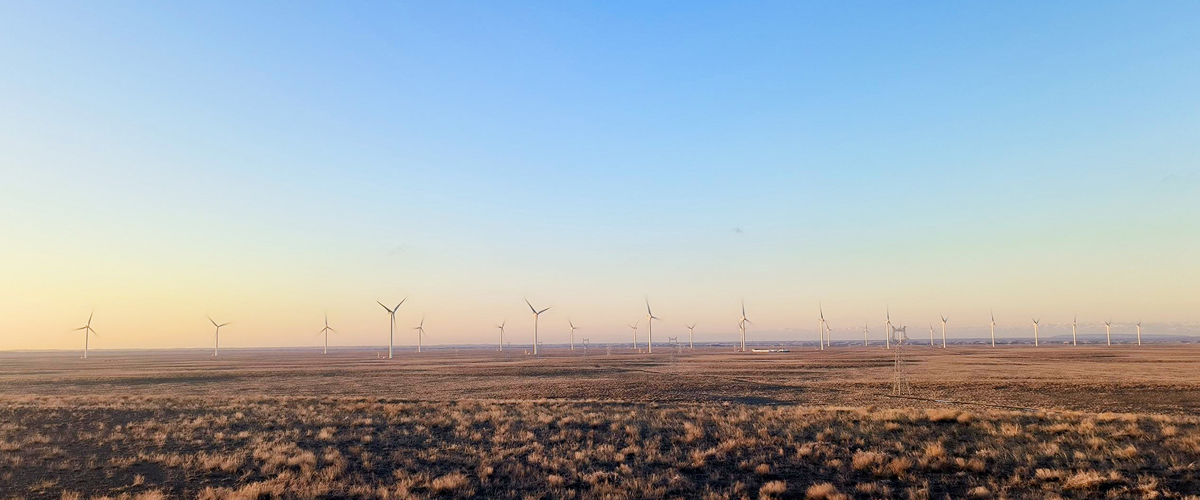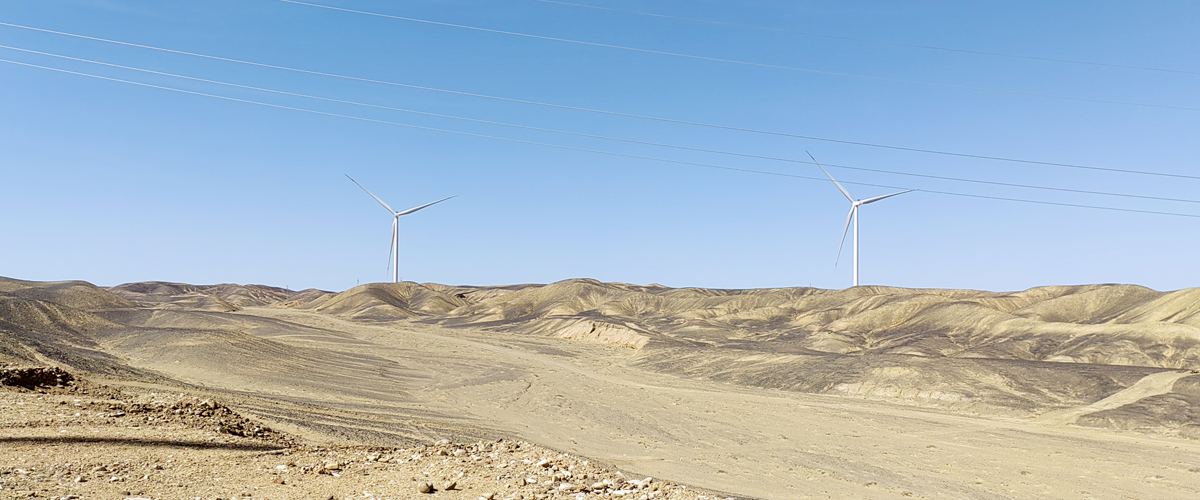The Hami Photovoltaic Power Station is located in Hongxing Sichang Industrial Park, Hami City, Xinjiang Uygur Autonomous Region. The project site is about 60km east of Hami City and 5km north of highway G312, with a construction area of about 1.2km2.
The total installed capacity of the power station is 40MW, the average annual effective power generation utilization hours are about 1,420 and the average annual power generation is about 60 million kWh. It can save about 18,300 tons of standard coal and reduce about 49,900 tons carbon dioxide emissions every year, delivering good social and environmental benefits.

